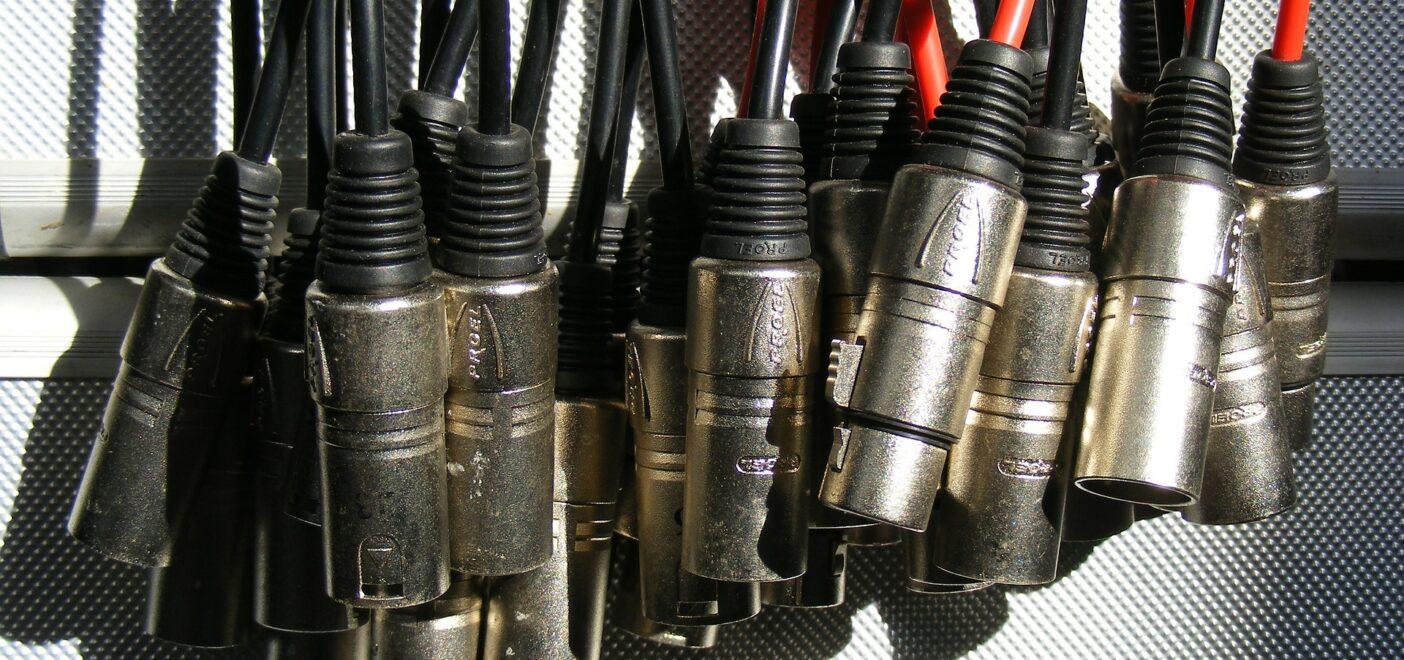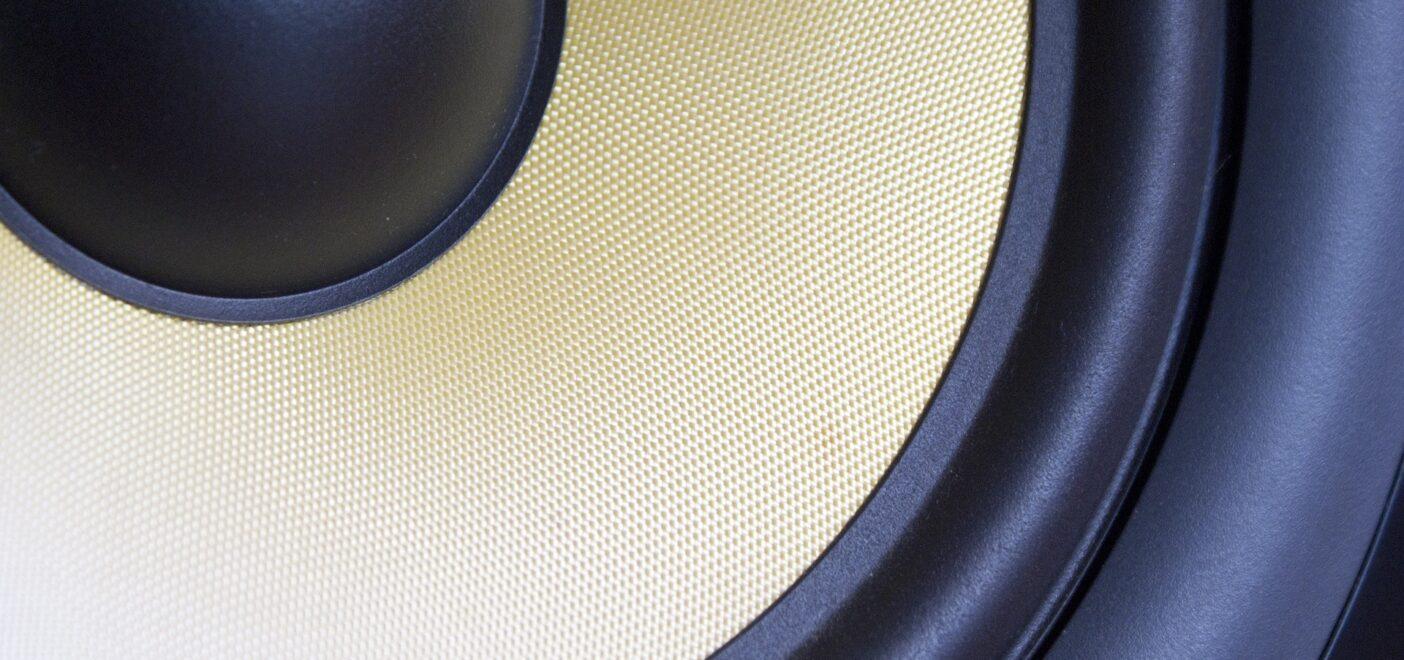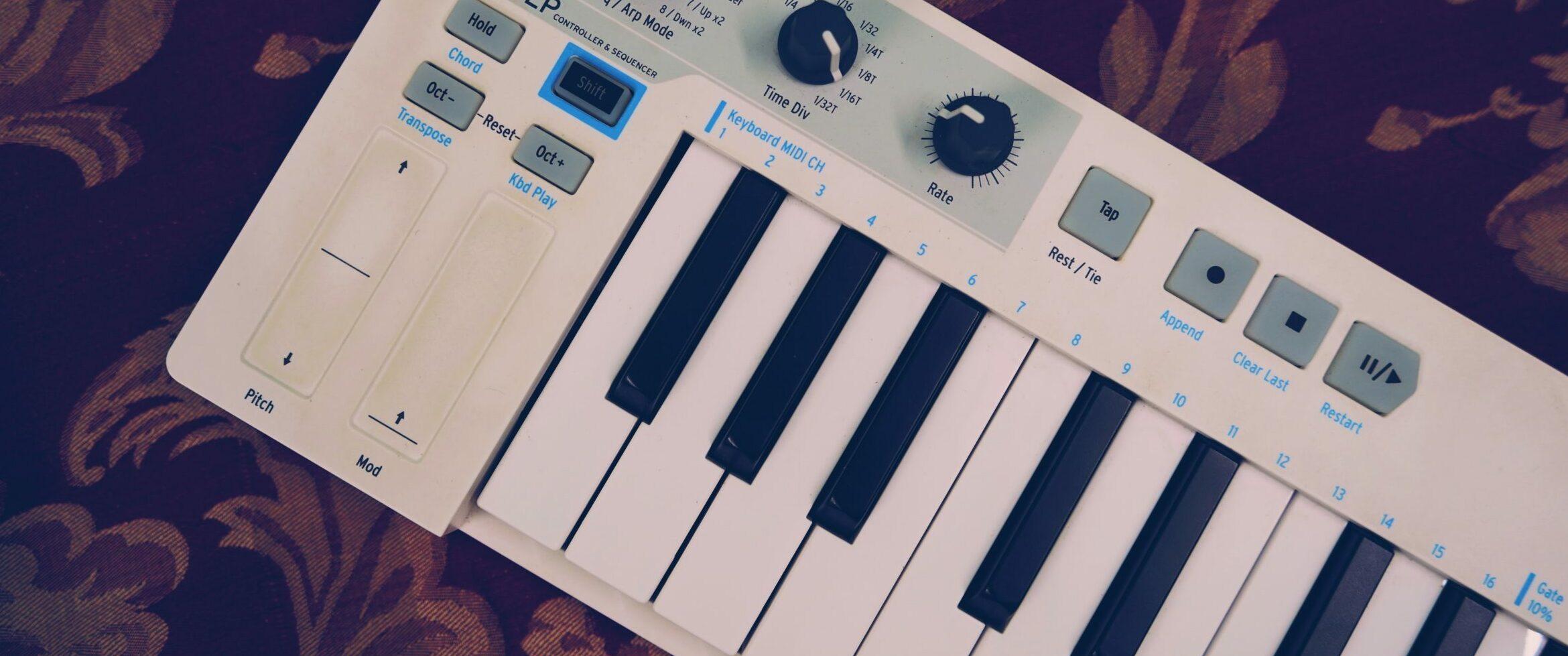Audio cables. We all need them, and often we end up with way too many of them. But how much attention do you give them? While they may often simply be a means to an end, audio cables are frequently overlooked in terms of importance. Cheap cables and expensive gear can lead to numerous problems. The same can be said for workarounds using too many adapters. So how about we delve into what’s on offer and turn you into a cable expert!
Balanced vs Unbalanced
Probably one of the most important and least understood topics we need to cover today is the difference between balanced and unbalanced audio cables. Without this fundamental concept, you’ll have a hard time setting up your gear. The basic principle that separates the two is the number of wires concealed within the cable. Balanced cables have three, while unbalanced cables have only two.
Unbalanced
The simplest way to think about an unbalanced audio cable is this: one wire transmits your signal, while the other grounds the cable. They are most commonly found in the instrument world and tend to be noisy, as they are susceptible to interference. Guitar cables and patch leads are always unbalanced.
Balanced
Balanced audio cables function in the same way as unbalanced cables, except they include an additional third wire. This third wire carries the same signal as the first, and they can be thought of as positive and negative terminals. As the signal travels along the two wires, both gather noise in the same way an unbalanced audio cable does. However, before the two identical signals are re-combined upon entering our A/D converter, the polarity of the negative wire is flipped 180 degrees so that it matches the positive wire. By doing so, we create phase cancellation and all the noise that was added to the signal while it was traveling along the wire can be separated and removed. This results in a perfectly clean, noise-free signal.

Understanding Instrument, Line, and Mic Level
To create a universal standard for all pro audio equipment, line level was introduced. This standard allows us to have all the outputs of our equipment matched within a sensible range when setting recording levels. This also reduces the likelihood of damaging our gear from an excessive signal.
Instrument level comes from, you guessed it, instruments! We can boost this signal up to our standardized line level using a DI box. Not only does the DI box boost our signal, but it is also responsible for converting our signal from unbalanced to balanced, thereby cleaning it up.
Microphone level does indeed come from microphones. Due to the immense sensitivity of microphones, their output voltage is typically very low. Our signal must be boosted using gain in our microphone pre-amps in order to achieve line level.
The Most Common Audio Cables
These are the most common audio cables, along with their unique characteristics and uses in various audio applications. Each cable type serves a specific purpose and can significantly impact the quality of your audio signal.
TRS & TS
More commonly known as quarter-inch jack leads, the TRS/TS cable is most often used with instruments. For a quick comparison, TS audio cables are Tip and Sleeve, making them unbalanced. Conversely, TRS cables are Tip, Ring, and Sleeve, making them balanced.

All electric instruments will use TS leads to output a signal to some form of amplifier. This could be a guitar amp or the DI section of a microphone preamp. Think of TS leads as a way to transfer an unbalanced, mono signal. TRS leads, on the other hand, are used to transfer a clean, balanced signal or a stereo signal. This is why the jack connector on your headphones is TRS. For a great way to learn their differences, set up a reamping chain and see what happens when you swap the jack leads into the wrong positions.
XLR
Another common audio cable, the XLR is used to connect microphones to preamplifiers. They are always balanced, as this allows for the cleanest transfer of signal. It’s very unlikely you’ll ever encounter a microphone type that does not use XLR, so they are always important to have. It’s also crucial to ensure that you have high-quality, well-built audio cables. This way, you won’t run into any issues with polarity or short circuits.

These days, many modern interfaces and preamps feature what is referred to as a combi port. This port looks like a female XLR slot but has a space large enough for a jack lead in the middle. This design saves space and offers no limitations when using either connection. The combi port itself can determine which input connection is being used, so you do not need to worry about mic/line level adjustment.
ADAT
Sometimes referred to as Lightpipe, ADAT can transfer data using a series of flashes of light. As you may have guessed, this makes it incredibly fast! Not only that, but it can carry multiple channels (up to 8 at 48kHz) simultaneously. It is very useful for adding extra inputs or outputs when you are working with a small interface. Taking the Focusrite 18i20 as an example, using both the ADAT ports would afford us an additional 8 ins and outs on top of the 8 standard ins and outs. This means more channels from more preamp sources using less space. Now you can finally record your whole band simultaneously, multi-tracked drums and all!
Cat5e
The use of Cat5e Ethernet audio cables is becoming increasingly common in today’s audio world. Not only do they have the ability to transmit multiple audio signals over very long distances, but they are also capable of supplying power at the same time. This makes them hugely useful for large venues as well as studios that are spread out across multiple rooms. This connection isn’t seen on many household interfaces, and those that use it usually require additional specialty equipment to do so. So, if you’re ever looking to record or send a large amount of information across a long distance (i.e., from the control room to the guitarist’s car in the parking lot because *it just has this unique* ) feel, man), then consider looking into Cat5e.
RCA
Possibly a cable we might consider semi-professional, the RCA still has its uses in today’s market. They are particularly common in the live sound and DJ communities and often go by the name ‘Phono cable’. The inner prong carries our signal, while the outer shell acts as the ground. This two-wire approach means that the cable is unbalanced. Perhaps you’ve noticed how these connections are prone to creating a loud buzzing noise as you plug them in? This is because the hot wire makes a connection before the ground has a chance to close the loop. Undoubtedly, this is one of the reasons why they are less common today.

They are also incredibly cumbersome. When using RCA, we are typically hooking up stereo equipment with multiple ins/outs. Just hooking up a simple hi-fi system could require eight separate cables. Furthermore, that doesn’t even include any possible video appliances! As technology develops, more and more equipment is moving away from RCA and into TS/TRS/XLR. But for those of you who like to play around with old gear, the RCA cable is something you’ll need.
S/PDIF
The S/PDIF connection is actually a type of digital audio format and not a specific cable/connector type. S/PDIF can be connected using RCA, XLR, BNC, and even Optical (Toslink). The concept of this format is simple: to carry digital audio signals in a way that is accessible to the average consumer. When using the RCA connector, the cable heads are colored orange to avoid confusion with other RCA cables. This format was designed to keep things simple while improving quality.

Within the recording world, its main use is to allow the addition of a stereo connection. This could be between devices such as digital preamps or audio interfaces. Examples of this include having an additional stereo output from your interface, which could be used for a second pair of monitors without sacrificing a pair of jack outputs. S/PDIF connections are also built into many preamps, giving us the option to transfer uncompressed stereo signals. This can be handy when you want to split an analogue signal for further outboard processing. Your S/PDIF digital connection can link directly to your interface, while your jack/XLR outputs can carry the signal to your patch bay for further routing.
MIDI
MIDI (Musical Instrument Data Interface) cables are an old technology that still has its place in today’s world. Used to transfer musical information (notes, velocity, sustain, etc.), they are most commonly seen connecting keyboards and controllers to MIDI interfaces, thus allowing you to transfer data to your PC. These days, most keyboards and controllers also come equipped with USB ports. USB technology is capable of doing the exact same job but without the need for an interface, increasing convenience. As USB is also faster than MIDI, it makes for a much more fluid approach when drawing in mix automation as well.

However, MIDI cables are still very useful for daisy-chaining keyboards in a live scenario, allowing for synth layers to be stacked using one controller. They are also very useful when it comes to devices that offer MIDI input. Some very high-end pianos offer MIDI input playback, meaning you can score using your DAW’s piano roll and then feed the data back into the piano. The piano can then be mic’d up and recorded as if it were being played by a real pianist.
TL;DR
There are many cables that you should be aware of. Ensuring that you’ve done the research before buying equipment can save you a lot of disappointment. Make sure you spend just as much on your cables (relatively speaking) as you do on your gear. There is a reason mastering and mixing studios all use high-quality audio cables. Try to always have the exact cable you need and avoid botching connections with multiple adapters. Signal degradation is not something you want to contend with.
About the Author

Tim Dunphy
Audio Engineer and Specialized Content WriterOver 10 years experience working in the audio business. Everything from coiling up XLRs to mastering albums. I'm a self-made man and I keep my assets in Bitcoin. What more is there to know!?
Leave a comment
Log in to comment


